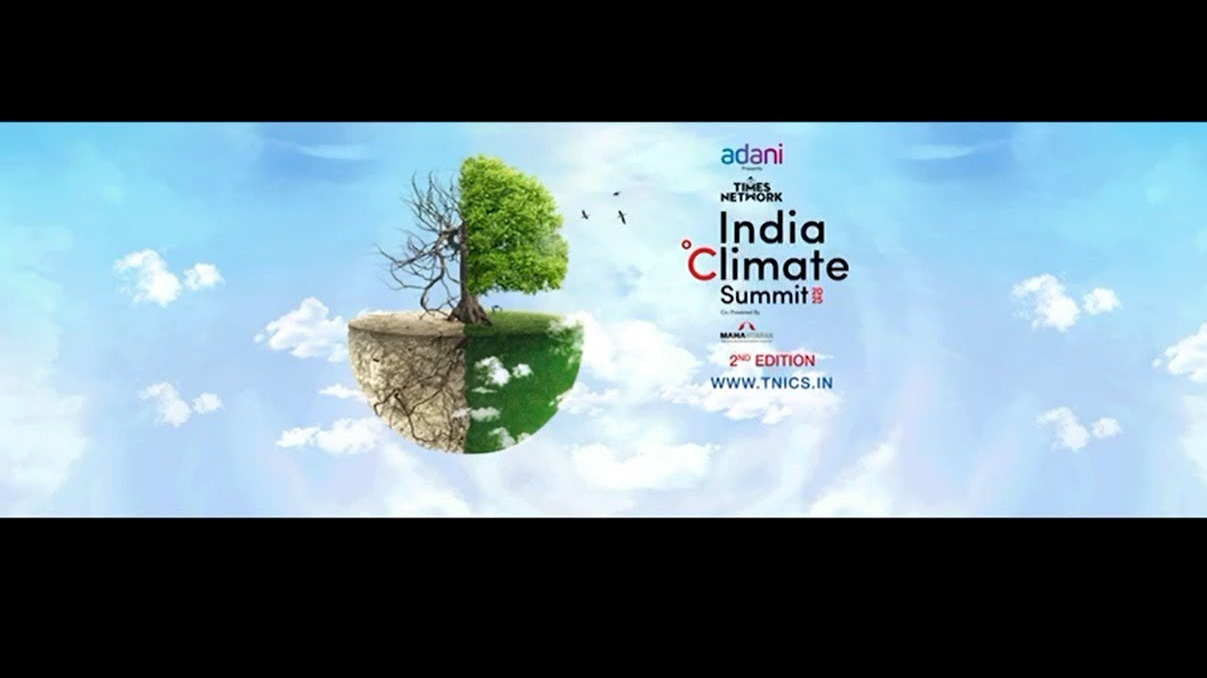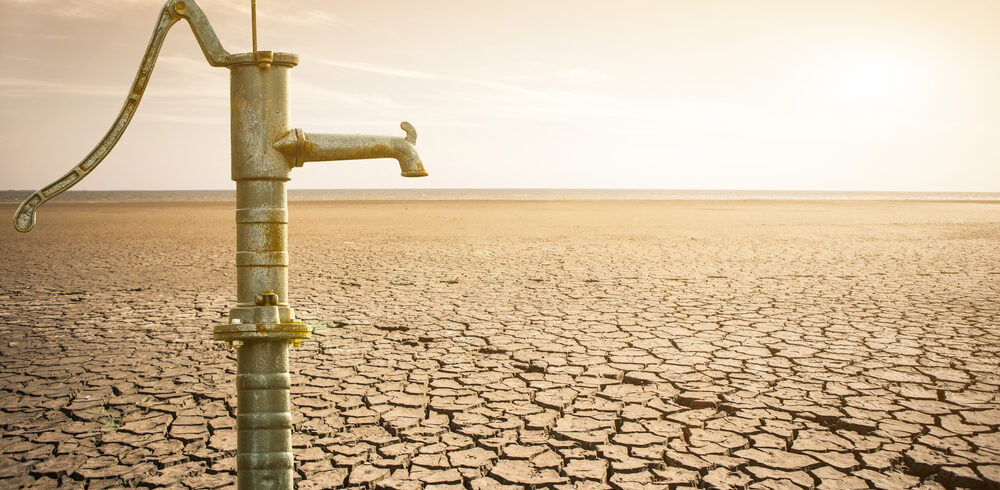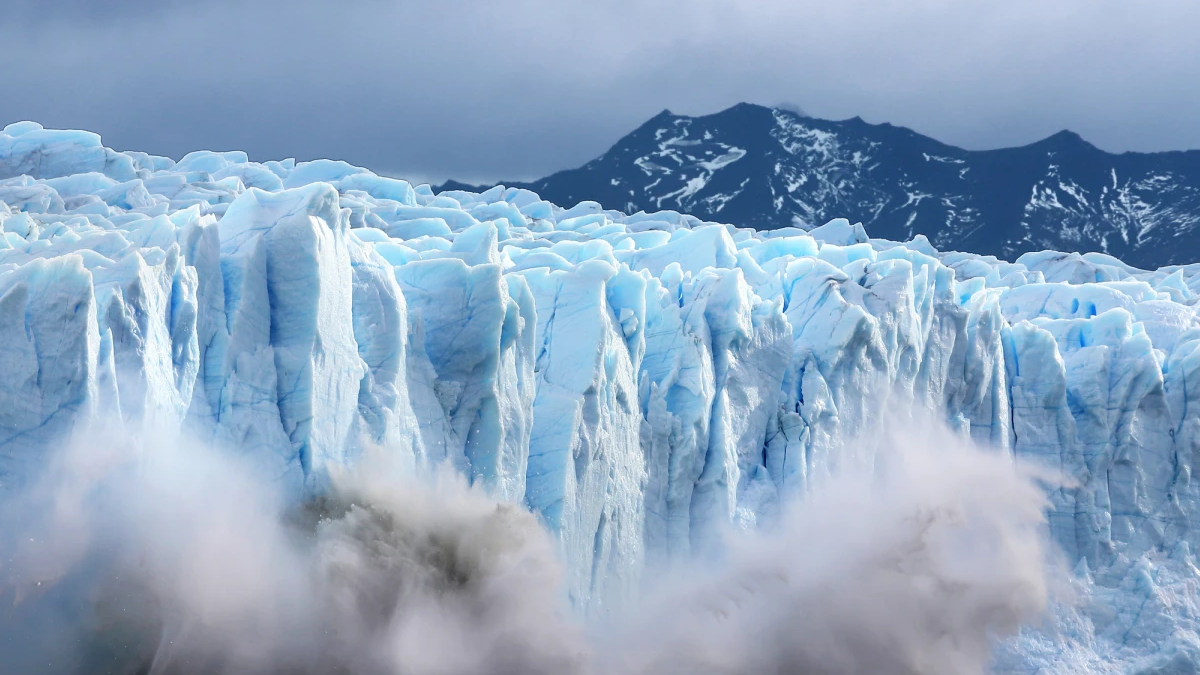Now Reading: The Shocking Truth About Global Water Shortages and Climate Change 2025
-
01
The Shocking Truth About Global Water Shortages and Climate Change 2025
The Shocking Truth About Global Water Shortages and Climate Change 2025

Table of Contents
Water is the most important resource for human life. We drink it, cook with it, clean with it, and grow food with it. But today, our world is facing a serious water crisis made worse by climate change. Scientists, governments, and communities are all worried about how to manage water shortages that are growing worse each year.
What is the link between water shortages and climate change?

Climate change is causing temperatures to rise all around the world. As temperatures rise, weather patterns change. Rain does not fall where it used to fall, or it comes in much heavier storms followed by long dry periods. These changes affect the water cycle. Rivers, lakes, and underground water sources are drying up.
For example, regions that depend on seasonal snow or glacier meltwater are seeing less water because glaciers are shrinking. In some places, droughts are lasting longer, making water even more scarce.
According to the United Nations, around 2 billion people already live in places with water stress, and climate change could push that number much higher.
Examples of water shortages around the world
- Sub-Saharan Africa is suffering from longer and harsher droughts, leading to failed crops and food insecurity.
- California, USA, has been in and out of drought for years, struggling to balance water for cities, farming, and wildlife.
- India faces serious water shortages in major cities like Chennai and Bengaluru. People are forced to stand in long lines to collect water from tankers.
- Australia has seen devastating droughts that killed millions of livestock and damaged the farming industry.
These examples show that no region is fully safe from the water crisis.
Why water shortages matter
When there is not enough water, it affects everyone:
- Farmers cannot grow enough food.
- Businesses cannot operate properly.
- People get sick because they cannot find clean water.
- Conflicts may rise when communities or countries fight over limited water resources.
In extreme cases, entire villages or towns may be forced to move because there is no water left to support life.
Climate change adds more pressure
Climate change is not just about higher temperatures. It also brings more unpredictable and extreme weather:
- Heatwaves make droughts worse.
- Floods can damage water systems and pollute fresh water supplies.
- Rising sea levels can push salty water into rivers and underground water, making fresh water unusable.
This means that climate change affects both the quantity and the quality of water.
Can we solve the water shortage problem?
Experts believe that if we act fast, we can reduce the impact of climate change on water. Here are some solutions:
Better water management — Recycling water, fixing leaks in pipes, and using smarter irrigation methods on farms.
Protecting nature — Wetlands, forests, and rivers act like sponges, holding water and releasing it slowly. Protecting these ecosystems helps store and clean water naturally.
New technology — Desalination (turning seawater into fresh water) and better water purification systems can help, especially in coastal cities.
Climate action — Reducing carbon emissions is the best long-term solution to slow down climate change.
Community education — Teaching people to save water and respect resources is critical.
What is being done right now?
Governments and international groups are working on many plans to protect water. The United Nations set water as a key goal in its Sustainable Development Goals (SDG 6). Many countries are investing in climate-friendly solutions to secure their water supplies.
For example:
- In Israel, farmers use advanced drip irrigation to grow crops with less water.
- In Singapore, recycled wastewater is cleaned and reused, creating a sustainable water loop.
- In Morocco, the government is building huge solar-powered desalination plants.
These projects show that smart solutions are possible if there is enough funding and public support.
Why everyone should care

Climate change and water shortages are connected. Even if you live in a place with enough water today, that may change in the future. Water is essential for life, and everyone should do their part to protect it. Simple things like turning off the tap, fixing leaks, and supporting climate action can make a difference.
The water crisis is not just an environmental problem — it is a human problem.
Experts warn that if nothing is done, water conflicts will increase, hunger will spread, and millions more people will be forced to leave their homes. Acting now can protect lives, health, and peace in the future.
The road ahead
Climate change is a huge challenge. But water shortages do not have to be our destiny. By working together, we can build a future where every person has access to clean, safe water, even in a warming world.
Read More:- Deyaar’s Latest Announcement Shakes Up the UAE Property Market






















